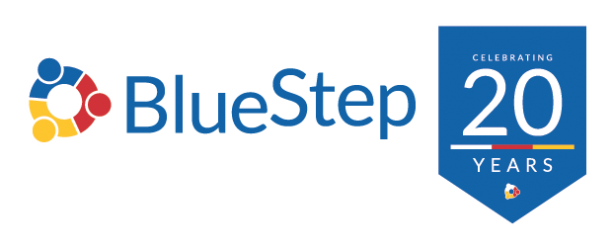As the demand for efficient residential care grows, finding a charting system that meets the specific needs of assisted living communities is crucial.
In this article, we will explore the key features and considerations to keep in mind when selecting an assisted living charting system. This critical piece of your assisted living software will benefit everyone involved.
Whether you are a healthcare professional or a community manager, this guide will help you make an informed decision and choose the right software to enhance resident care and improve operational efficiency.
4 Things to Look for in Assisted Living Charting Systems
There are five primary things to look for in assisted living charting systems: usability, comprehensive documentation, reporting and analytics, and privacy and security. Let’s take a closer look.
- Usability: Having a user-friendly interface with intuitive navigation that can be customized is an absolute must for assisted living charting systems:
- Enhancing Productivity: A user-friendly interface with intuitive navigation saves time and increases productivity by allowing users to complete tasks and navigate the software easily. This can increase efficiency and better time management, allowing staff to focus on other important tasks.
- Ensuring Accuracy: A user-friendly interface with intuitive navigation reduces the likelihood of errors occurring while documenting resident information.
By making it easy for staff to document information accurately, residents’ rights will be protected because accurate documentation is essential for their care, safety, and well-being, especially in healthcare. - Customizable to Needs: A customizable interface means users can configure the software and make the necessary settings based on the unique needs of each community or user.
This is important because not all communities have the same workflows, charting requirements, and preferences, and the software should be flexible enough to accommodate these differences. - Ease of Use: A user-friendly interface with intuitive navigation makes the charting system less stressful and frustrating for staff. This, in turn, can lead to greater job satisfaction for staff, reduced potential for staff turnover, and higher resident satisfaction, all of which create a more positive experience for everyone involved.
- Comprehensive Documentation: For several reasons, comprehensive documentation is vital in an assisted living charting system.
Firstly, thorough documentation ensures that all resident information, assessments, and care plans are accurately recorded.
This documentation serves as a comprehensive record of a resident’s medical history, current health status, and the care they receive. It explains their needs, preferences, medications, allergies, and specific instructions or protocols.
Secondly, comprehensive documentation is crucial for effective communication and coordination among care teams.
By documenting resident information in a detailed and clear manner, all care team members can access the necessary information they require to provide appropriate care and support. It facilitates the seamless exchange of information between healthcare providers, ensuring continuity of care and reducing the risk of miscommunication or errors.
Comprehensive documentation is essential to comply with regulatory requirements and quality assurance. Accurate and complete documentation helps communities adhere to legal and regulatory standards and enables them to demonstrate compliance during audits or inspections. It also provides a means of evaluating the quality and effectiveness of care delivery, enabling communities to identify areas for improvement and measure outcomes.
Additionally, documentation plays a vital role in ensuring proper reimbursement from insurance providers. Accurate and detailed documentation supports the billing process and substantiates the services provided, allowing communities to receive appropriate reimbursement. - Reporting and Analytics: Reporting and analytics are important in an assisted living charting system because of the following reasons:
- Compliance and Audits: Reporting functionalities allow communities to generate customizable reports demonstrating compliance with regulatory standards and guidelines.
These reports can be used during audits or inspections to showcase adherence to proper documentation, care protocols, and resident safety measures. - Quality Improvement: Analytics tools can extract valuable insights from the data collected within the charting system. By analyzing trends and patterns, communities can identify areas where care can be improved, protocols can be optimized, and staff training or resources can be adjusted.
- Real-Time Monitoring: Reporting and analytics allow for real-time monitoring of resident health and well-being. Key indicators can be tracked and monitored using predefined metrics or customized thresholds.
This helps care teams identify and respond promptly to changes in a resident’s condition, ensuring timely interventions and preventing adverse outcomes. Real-time monitoring also enables proactive care management, facilitating early identification of potential issues and prompt intervention. - Performance Evaluation: Reporting and analytics provide a means for evaluating the performance of the community and individual staff members.
Metrics such as response time, medication administration accuracy, and resident satisfaction can be measured and analyzed to assess performance levels and identify areas of improvement.
This data-driven evaluation can inform training programs, resource allocation, and performance management strategies. - Decision Making: The availability of comprehensive reporting and analytics empowers communities to make data-driven decisions. It enables a thorough understanding of the community’s operations, resident outcomes, and resource utilization.
This data-driven decision-making promotes efficiency, optimizes resource allocation, and supports evidence-based practices, ultimately enhancing resident care and operational effectiveness.
- Compliance and Audits: Reporting functionalities allow communities to generate customizable reports demonstrating compliance with regulatory standards and guidelines.
- Improved Efficiency: Integration enables data sharing between different systems, reducing the need for manual data entry and manual transfer of information between systems. This helps eliminate duplicate entries, reduce errors, and streamline workflows.
- Enhanced Accuracy: By minimizing the need for manual data entry, integration helps ensure that data is accurately captured and transferred across different systems. This reduces the risk of errors, such as transcription errors, that can compromise resident care, safety, and quality of life.
- Better Collaboration: Integration fosters better collaboration between different healthcare providers and improves communication across care teams. This can make all the difference when multiple providers from different teams work together.
This enables all providers to be up to date on a resident’s health status, medical history, and care plans, improving coordination and enhancing the continuity of care across different care settings. - Improved Decision-Making: Integration enables access to comprehensive and accurate resident information, enabling informed decision-making and prompt interventions.
With seamless integration between different healthcare systems, providers can better understand a resident’s health status, allowing them to make informed decisions regarding care management. - Reduced Costs: Integration can lead to greater operational efficiency, reducing costs related to manual data entry, resource duplication, and errors. Additionally, integration enables better utilization of the existing technology infrastructure, potentially reducing the need for costly hardware and software upgrades.
- Security and Privacy: Security and privacy are critical aspects of an assisted living charting system and assisted living software in general. There are several reasons why security and privacy are crucial for these systems:
- Protecting Resident Information: An assisted living charting system contains sensitive resident health information. It is crucial to ensure this information is secure and not accessible to unauthorized individuals.
A breach of resident information can lead to identity theft, financial harm, or even physical harm in some cases. Protecting resident information safeguards against any type of harm. - Comply With Regulations: Healthcare data is governed by several regulations, including HIPAA, which specifies security and privacy standards for electronically protected health information (ePHI).
An assisted living charting system must comply with these regulations to avoid penalties, legal liability, and reputational damage. - Build Trust Among Residents and Their Families: Security and privacy are essential to building trust among residents and their families. When residents and their families know their information is secure, it increases their confidence in the community and the care provided.
Additionally, residents are more likely to be open and honest about their health status, treatments, and concerns when they have confidence in the security of their information. - Protect the Community’s Reputation: Security breaches and unauthorized disclosure of resident information can damage a community’s reputation and lead to a loss of business. This can result in significant financial and operational harm, affecting the community’s ability to provide quality care.
- Prevent Data Loss: Protecting an assisted living charting system’s security and privacy also helps prevent data loss. This is crucial because the healthcare data in such a system is valuable and sensitive. Losing this data can result in significant harm to residents and the community.
Good security measures can help prevent such losses and ensure that data remains available to support resident care and operations.
- Protecting Resident Information: An assisted living charting system contains sensitive resident health information. It is crucial to ensure this information is secure and not accessible to unauthorized individuals.
Check Out BlueStep Systems for Your Assisted Living Charting System
If you’re searching for a comprehensive, user-friendly assisted living charting system, look no further than BlueStep Systems. Our industry-leading software is designed specifically for assisted living communities, providing a seamless and efficient solution for resident care documentation. This essential part of your assisted living software is taken care of!
With our intuitive interface, robust security measures, and exceptional customer support, BlueStep is the ideal choice for streamlining your charting process. Take advantage of the opportunity to enhance resident care and improve staff efficiency.
Request a demo today to learn how BlueStep can revolutionize your assisted living charting system. Take the first step towards a more efficient and effective documentation process by choosing BlueStep as your trusted partner.


